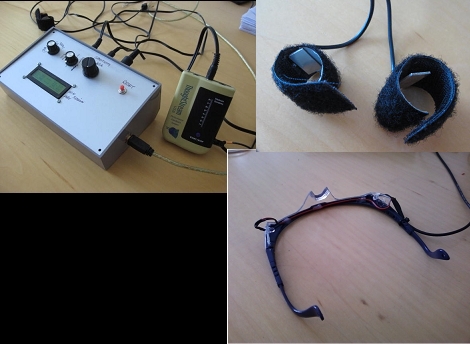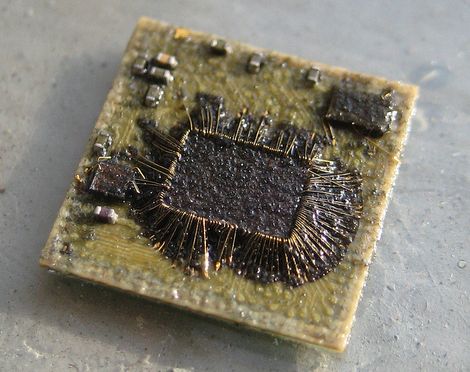[Michael Gerstenmayer] has been very successful in developing a biofeedback system. He’s based the build around an Arduino and started adding different chunks to the project to develop a full-featured unit. It can take your temperature (with an IR sensor…. not the hard way), measure your galvanic skin response (conductance), and produce feedback based on this data. Interestingly enough, he built a peripheral vision feedback system based on the glasses frames seen above. They have an LED on each side which are illuminated based on the sensor data.
By using the Arduino’s USB connection the data can also be processed by a PC. [Michael] spent some time working with an open source program called BrainBay to gather and map the stream from the sensors.
We enjoyed reading about the build, but there’s no information about what he’s got planned for this project. That shouldn’t stop you from setting up your own rig and using it as a lie detector, or for the devilish purposes we’ve seen in the past.

















